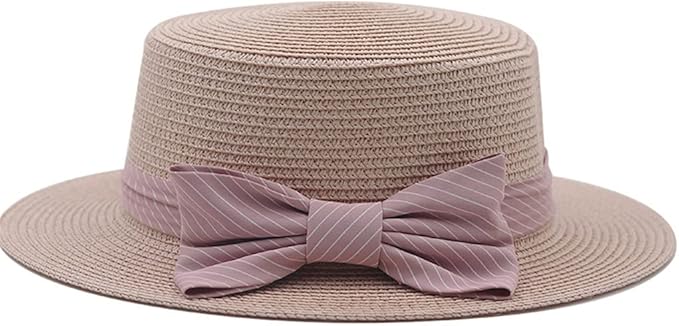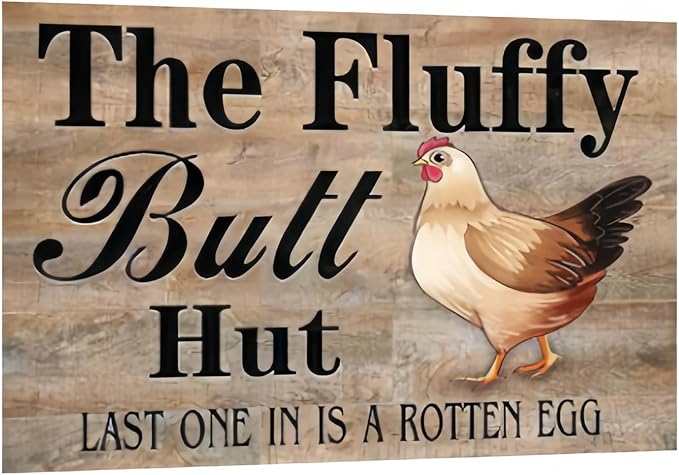Shrubs for Your Growing Zone
Best Plants by State
Shrubs, or bushes, are large woody plants that consist of multiple permanent stems which grow either from the ground or from very close to the ground. Shrubs can be differentiated from trees by the characteristic of these main stems, as well as by height and size. Most shrubs grow to be anywhere under twenty feet tall. Smaller shrub plants, like periwinkle, lavender, thyme, and certain varieties of rose bushes can be referred to as dwarf shrubs or subshrubs.
Shrubs can be used in different ways to add structure and density to the landscaping of not only homes, but public areas like parks and sidewalks. A wise selection of bushes can create a strong foundation for any garden. They can be cultivated to form shrubberies or hedgerows, which usually border a road or a property's perimeter. In addition to their aesthetic purpose, shrubs can also serve as shelter and food for small wildlife, or attract welcome garden visitors like butterflies and hummingbirds.
Search Plants by Zip Code
Though shrubs are usually thought of as green broadleaved plants like boxwood or conifers, the variety of available bushes is actually incredibly diverse. Shrubs often play more of a supporting role in the garden, but they can also be the stars of the show. Many varieties come in showy colors or feature gorgeous blooms. Forsythia and king's gold are both striking in shades of yellow, while burning bush and crimson pygmy display brilliant red leaves. Some types like holly and juniper bushes even sport vibrant berries.
These plants can be either deciduous (meaning they lose and regain their foliage with seasonal changes), or evergreen, with fullness and color year-round. Though not all shrubs require maintenance, many respond well to occasional pruning. If you're willing to go the extra mile, shrubs can be shaped into topiaries for a sculptural and manicured look. Maintaining topiaries, however, obviously requires lots of attention, time, and dedication.
No matter how you wish to incorporate them into your landscape, shrubs can turn any area into a showcase of beauty and design. As is the case for all plants, successful growth of shrubs relies heavily on its surroundings. No matter how much maintenance and care are put into it, any plant will fail to thrive without the proper environmental conditions. So, browse our selection of all recommended shrub plants below to learn more about them, or choose your state in the bottom menu to find which shrubs are best suited for your region's climate.
Shrubs are not only functional but also add aesthetic value to your garden. They can be used to create privacy screens, windbreaks, and noise barriers. With their dense foliage and varied heights, shrubs can provide a natural and attractive way to define different areas of your garden. They can also be used to create focal points and add visual interest to your landscape design.
When selecting shrubs for your garden, consider their growth habits, size, and maintenance requirements. Some shrubs are fast-growing and require regular pruning to keep them in shape, while others are slow-growing and need minimal maintenance. Choose shrubs that are well-suited to your climate and soil conditions to ensure they thrive in your garden.
In addition to their practical uses, shrubs can also provide seasonal interest with their flowers, berries, and foliage. Many shrubs produce beautiful blooms in the spring and summer, while others have colorful foliage in the fall. Some shrubs, like holly and winterberry, even produce berries that add interest to the garden in the winter months. By selecting a variety of shrubs with different seasonal features, you can create a garden that is visually appealing year-round.
Shrubs can also be used to attract wildlife to your garden. Many shrubs provide food and shelter for birds, butterflies, and other beneficial insects. By planting a variety of shrubs, you can create a habitat that supports a diverse range of wildlife. This not only adds to the beauty of your garden but also helps to promote a healthy and balanced ecosystem.
When planting shrubs, it's important to consider their mature size and spacing requirements. Planting shrubs too close together can lead to overcrowding and poor air circulation, which can increase the risk of disease. Be sure to follow the recommended spacing guidelines for each type of shrub to ensure they have enough room to grow and thrive.
Proper planting and care are essential for the successful growth of shrubs. Be sure to plant shrubs at the correct depth and water them regularly, especially during the first few years after planting. Mulching around the base of the shrubs can help to retain moisture and suppress weeds. Regular pruning is also important to maintain the shape and health of the shrubs.
Shrubs can be propagated in a variety of ways, including from seeds, cuttings, and layering. Propagating shrubs from cuttings is a popular method because it allows you to create new plants that are genetically identical to the parent plant. This is a great way to expand your garden and share your favorite shrubs with friends and family.
In addition to their ornamental value, some shrubs also have practical uses. For example, certain shrubs can be used for erosion control on slopes and hillsides. Their deep root systems help to stabilize the soil and prevent erosion. Other shrubs, like elderberry and aronia, produce edible berries that can be used to make jams, jellies, and other delicious treats.
Whether you're looking to add structure and beauty to your garden, create a habitat for wildlife, or grow your own edible berries, shrubs are a versatile and valuable addition to any landscape. With their wide range of sizes, shapes, and colors, there is a shrub to suit every garden style and preference. Explore our selection of recommended shrub plants below to find the perfect shrubs for your garden.
As you can see, the array of available shrubs is incredibly diverse. Categorization can be broken down into three main categories: annuals, perennials, and biennials. Most shrubs are annuals, like basil and cilantro, and require an environment free from harsh winters. Perennials like mint, oregano, sage, and chives are a little more resilient and are your best bet for consistent growth through the seasons. Biennials, as the name suggests, take two years to reach maturity and include parsley and caraway.
Like all plants, different shrubs have different preferences when it comes to growing conditions. Check information on the shrub you want to plant before establishing its environment and familiarize yourself with proper maintenance methods to make sure all of your shrubs thrive. Some shrub types need room outdoors to grow a wide root base. Others, however, can grow well or even better using the container gardening method. Using this method for shrubs like bay and basil doesn't require any kind of special lighting, only pots and a window are needed.
Best Shrubs for Every State
Regardless of what you intend to do with your shrubs, they will always make any garden beautiful, diverse, and practical. Browse our selection of all recommended shrub plants below, or search for your zip code to find which plants are best suited for your region's climate.







